| Structure | Name/CAS No. | Articles |
|---|---|---|
 |
Chloroform
CAS:67-66-3 |
|
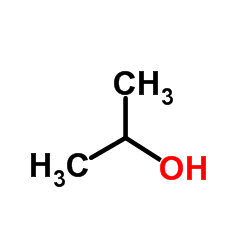 |
Isopropanol
CAS:67-63-0 |
|
 |
Ethanol
CAS:64-17-5 |
|
 |
Potassium
CAS:7440-09-7 |
|
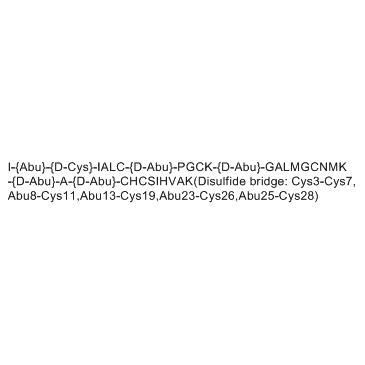 |
Nisin
CAS:1414-45-5 |
|
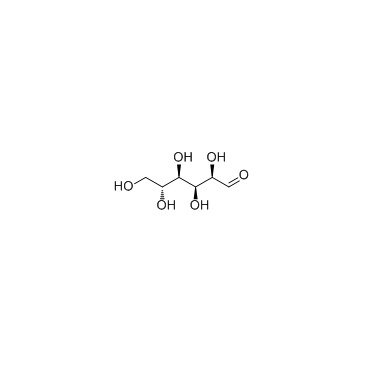 |
D-(+)-Glucose
CAS:50-99-7 |
|
 |
epoxypropane
CAS:75-56-9 |
|
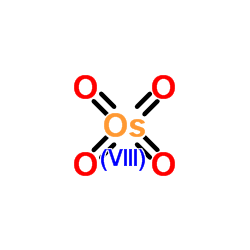 |
Osmium tetroxide
CAS:20816-12-0 |
|
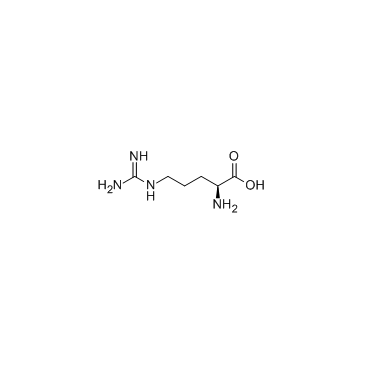 |
L-arginine
CAS:74-79-3 |
|
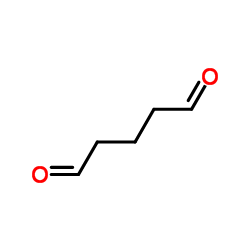 |
glutaraldehyde
CAS:111-30-8 |